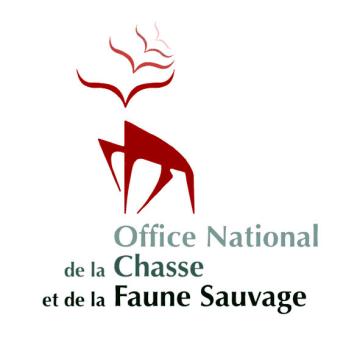
Proceso de planificación conjunta para mejorar los caminos pastorales y el trazado de las zonas de pastoreo en RNCFS d'Orlu, Ariège

En 2014 se puso en marcha una definición conjunta de los desbroces pastorales, organizada por un grupo que incluía a todas las partes interesadas del espacio protegido, para mejorar la eficacia de los trazados de los caminos pastorales y las zonas de pastoreo.
Durante dos sesiones sobre el terreno, antes y después de los trabajos de desbroce, los representantes del propietario y del gestor (ONCFS) del espacio protegido, del ganadero y de la empresa encargada del desbroce del campo, revisaron juntos todas las zonas afectadas (200 ha) para
- comparar los intereses individuales (relacionados con cuestiones pastorales o ecológicas)
- definir el alcance y las condiciones locales del desbroce
- y, por último, evaluar su calidad.
Se puso de manifiesto que la calidad de los desbroces, medida por la semejanza con los trabajos previstos en la primera sesión, alcanzaba hasta un 90% de conformidad y un impacto ecológico positivo en el hábitat del urogallo y la perdiz pardilla pirenaica.
También se puso de manifiesto la importancia de las sesiones de campo previas a la planificación de cualquier obra, ya que garantizan la aceptación por parte de todos los interesados.
Contexto
Défis à relever
Ubicación
Impactos
Los impactos fueron positivos a tres escalas: hábitats de especies, gestión ganadera y gestión de zonas protegidas.
- En la primera escala, la realización de operaciones de desbroce en zonas definidas con precisión contribuyó a recrear mosaicos favorables de vegetación herbácea y arbustiva, respectivamente, con porcentajes del 40%-60%. Esta proporción es señalada por la literatura para producir el mejor hábitat de nidificación y cría para el urogallo y la perdiz pardilla pirenaica.
- A segunda escala, las obras mejoraron la gestión ganadera al facilitar la conducción de los rebaños a los pastos (menor velocidad de desplazamiento entre dos pastos) y un mejor aprovechamiento de las zonas antes cerradas por los matorrales.
- A nivel del área protegida, este proceso de planificación conjunta, para el desbroce u otros trabajos de campo relacionados, mejoró la cooperación entre las partes interesadas locales.
Al comparar intereses y problemas, compartir soluciones y decisiones, este proceso garantiza la transparencia en la planificación de los trabajos, la aceptación social, la apropiación por parte de los interesados locales y una mejor participación de éstos en las políticas de conservación aplicadas por el gestor del área protegida.




